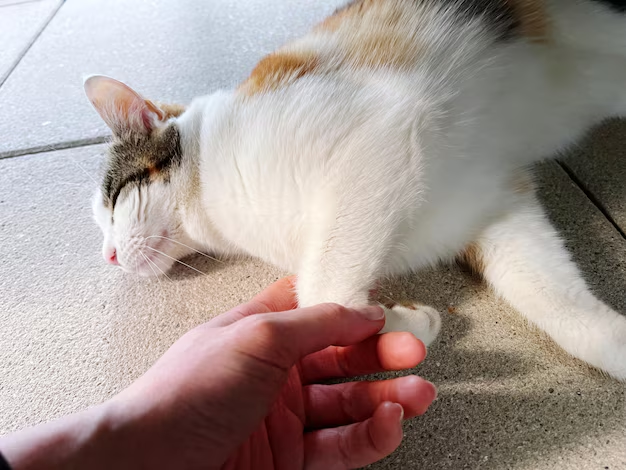Caring for a Diabetic Cat: What Every Owner Should Know
Every pet owner’s worst fear is a diagnosis that impacts their beloved animal’s quality of life. When your cat is diagnosed with diabetes, it can feel overwhelming at first. However, with proper care and management, diabetic cats can continue to live happy and fulfilling lives. Understanding the treatment process is essential for maintaining your cat's health and ensuring its longevity.
Recognizing Cat Diabetes
Diabetes in cats is characterized by the body’s inability to produce or properly use insulin, leading to elevated blood glucose levels. Common symptoms include:
- Increased thirst and urination
- Weight loss despite a good appetite
- Decreased activity level
- Urinary tract infections
- Sweet-smelling breath
If you notice these symptoms, a trip to the veterinarian can confirm the diagnosis through blood and urine tests.
Essential Steps in Managing Cat Diabetes
Diet and Nutrition
Diet plays a critical role in managing diabetes in cats. Feeding a high-protein, low-carbohydrate diet can help regulate blood sugar levels. Talk to your veterinarian about prescription diets specifically formulated for diabetic cats. Maintaining a consistent feeding schedule is also important to prevent sugar spikes.
Insulin Therapy
Most diabetic cats require insulin injections to manage their condition. Administering insulin sounds daunting, but your vet will guide you through the process, showing you how to give injections at home. Frequent vet visits will monitor glucose levels to adjust insulin doses as necessary.
Regular Monitoring
Like humans, diabetic cats need regular monitoring of their blood glucose levels. This can be done at home using a glucometer. Consistent monitoring helps identify how well the treatment is working and whether adjustments in diet or insulin are needed.
Exercise
Encouraging regular playtime and exercise can help reduce blood sugar levels naturally and keep your cat at a healthy weight. Interactive toys and daily play sessions can stimulate your cat and promote overall well-being.
Financial Assistance and Support
Caring for a diabetic cat involves a financial commitment that not every pet owner is prepared for initially. Fortunately, resources and assistance programs are available to help manage these costs.
Pet Insurance: If your cat was insured before the diabetes diagnosis, you might be eligible for coverage of part of the treatment costs.
Financial Aid Programs: Some non-profits and veterinary schools offer financial assistance or discounted services for pet owners struggling with costs.
Government Programs: Check if there are state or local government programs offering financial aid for pet health needs.
Personal Budgeting: Re-evaluating your budget can help find ways to allocate funds for your pet's care, prioritizing essentials over discretionary spending.
Additional Resources
Exploring financial or educational resources can ease the journey of managing your cat’s diabetes while helping you tackle other financial responsibilities. Consider these programs and tools to support your ongoing needs:
Debt Relief Programs: 🏦 Explore programs that offer advice and support for managing medical debt, which can lighten the overall financial burden.
Credit Card Solutions: 💳 Some credit card companies offer financing plans for medical expenses, which can be a temporary solution for covering sudden costs.
Educational Grants and Scholarships: 🎓 Research grants and scholarships if you're considering taking courses on animal care or veterinary studies to enhance your knowledge and skills.
Managing diabetes in cats involves careful attention, consistent care, and, sometimes, additional financial planning. With the right approach and support, you can provide a stable, healthy life for your feline friend, making every purr and cuddle worth the effort.
